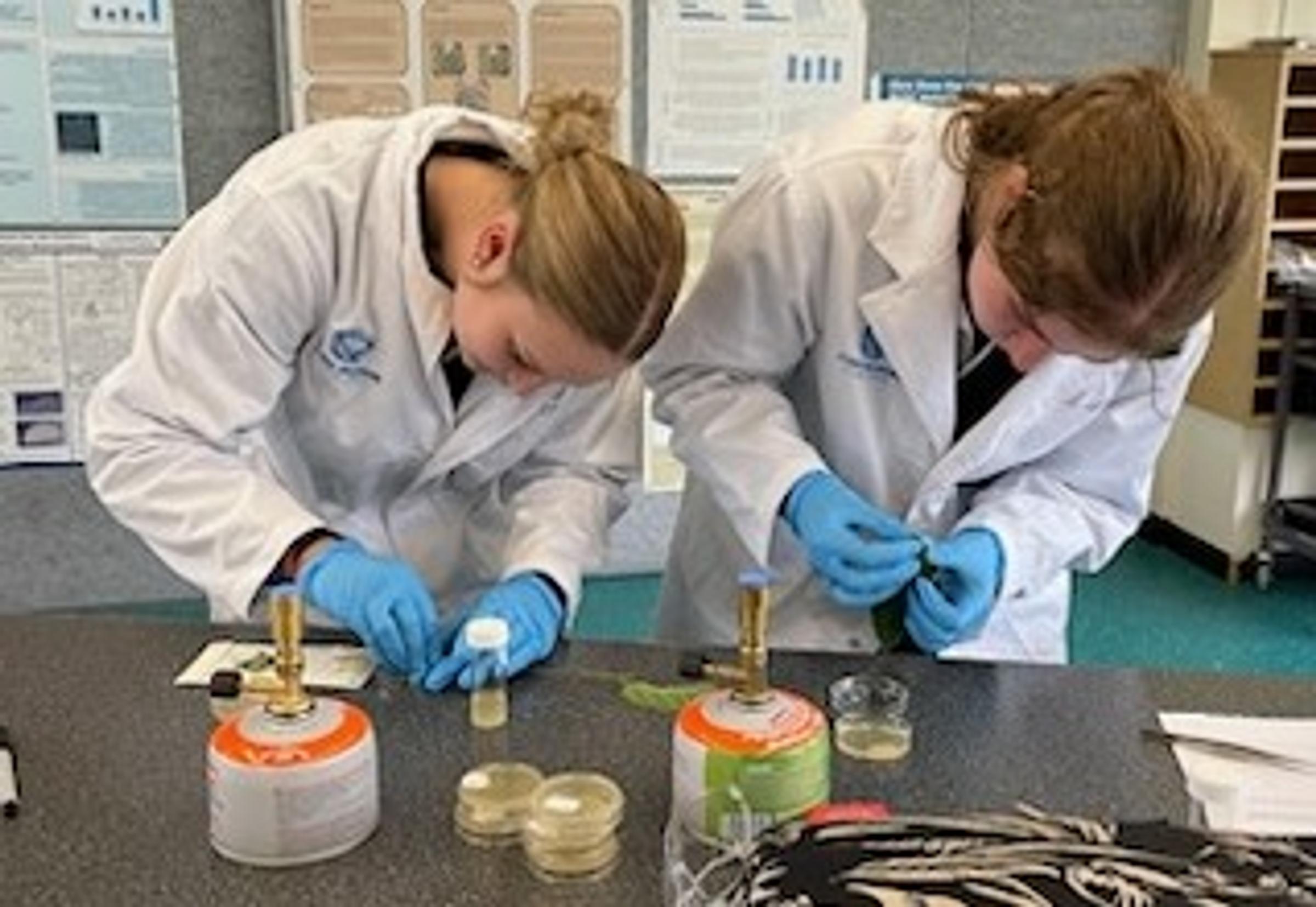Lab News

Hi All,
Welcome back to JMSS for Term 2. The lab team has been working on and investigating a few new projects that we can possibly implement at JMSS.
Mapping Platypus populations in Melbourne’s River system.
Platypus are very elusive and nocturnal creatures which makes it difficult to study their population size and where they live. Using methods that we have obtained through research papers and various other organisations such as Melbourne Water for studying platypus called Environmental DNA, or eDNA for short we are trying to build a map of where JMSS students have found evidence of platypus in waterways in Melbourne. This information can also be provided to Melbourne water to assist with their Platypus Citizen Science: eDNA project. The method involves collecting a sample of water and filtering it to see if we can find platypus DNA floating around. This then gives us a goodindication if platypus have been in the area in the last 3 days.
Ms Trickett did the big hike out to Healesville Sanctuary during week 4 and obtained a water sample from an enclosure where many platypus call home. This was our positive control. The sample was processed and analysed at JMSS and SUCCESS !!!!!! …. We have proved our methodology and have shown we have identified platypus DNA in our water sample.
Next job is to identify possible sample sites for further testing….watch this space for more details on how you may become involved in this project.
Antibiotic properties of native plants – Indigenous Garden (Monash University)
In this project we investigated the effects of a range of Indigenous plants that may or may not have antimicrobial properties on one or more bacterial species. We set out early one morning and collected a range of plants from the Monash University Indigenous Garden under the careful guidance of Georgia Lloyd (Assistant Lecturer, School of Biological Science, Monash University), Georgia works closely with Arnhem Land Elders and is a wealth of knowledge on this subject. These samples were then processed by our regional exchange students and tested to try and answer some of the questions below. We had some surprising results …… but further investigation is required …..watch the EEI space for more details.
1. Which indigenous plants have been used by Australian aboriginals for medicinal purposes?2. How do indigenous Australians extract or use medicinal compounds from these plants?
3. How effective are these native plant extracts as antibiotics?
Last but not least:
Don’t forget your labcoat and glasses, please leave them in your lockers for the term.
They only need a wash at the end of term or after a dissection. PPE loans from the Lab-tech office (back of 1L3) are available but you will need your compass card to record the loan.
The Lab Team
Anna Zonneveld, Erika Trickett, Samah Newaz





